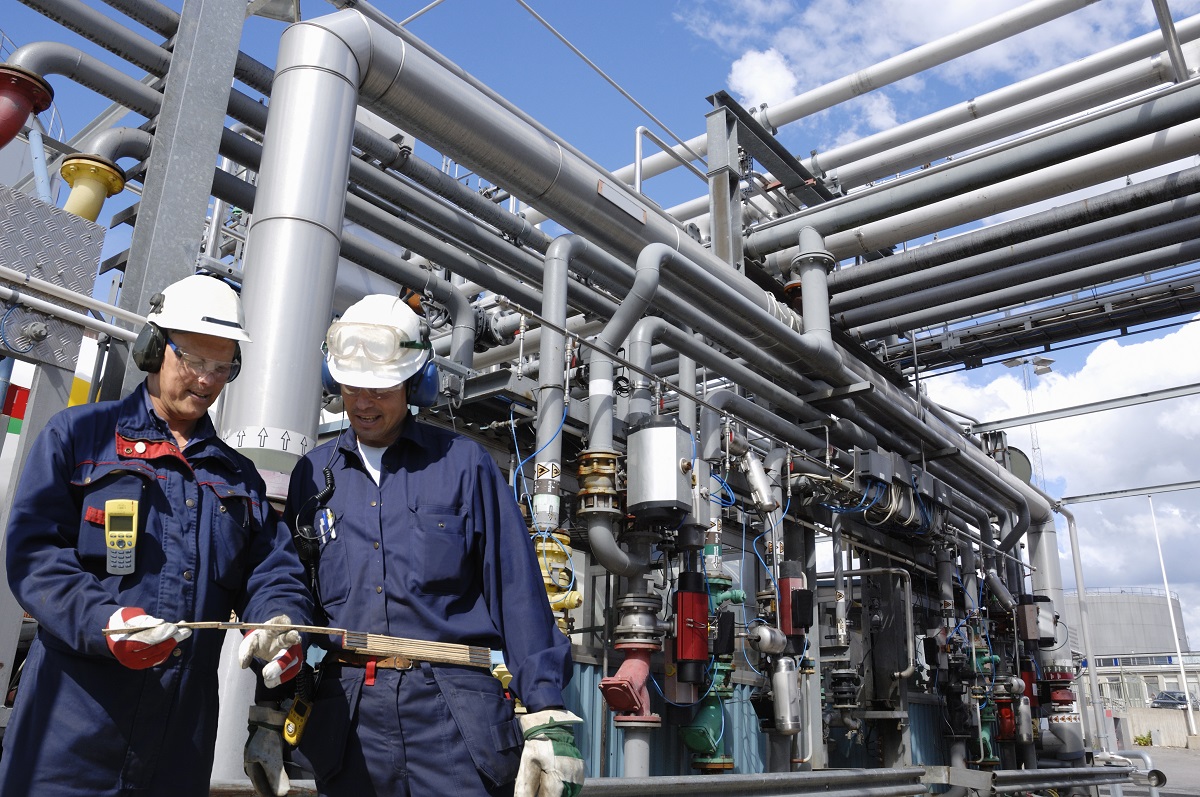The industrial sector covers many industries that deal with chemicals, substances, and machinery that can cause harm if not handled properly. That is why worker safety is even more of a hot topic in this field. Preventing unwanted accidents falls in the hands of those in charge, and here are ways they can easily make a safer working environment.
Industrial Tank Painting
Tanks are present in a vast number of plants and manufacturing zones because they are the most reliable storage containers for a multitude of chemicals, liquids, and even gases. Industrial tank painting exists specifically to make these tanks safer and more durable.
A good coat can prevent corrosion in tanks, lessen the risk of leaks, and protect the outer layer from chemical erosion. As these structures are major installations in plants and often in the line of workers, the simple act of applying a reliable coat of paint can significantly improve the safety of the area and even be more cost-efficient in terms of repairs.
Integrating New Technology
 A lot of accidents happen when the machinery and tools used are outdated and more prone to malfunction. The American Chemical Society has pushed for newer “inherently safer technology” as this would get rid of the appearance of several safety hazards instead of simply controlling them after the fact.
A lot of accidents happen when the machinery and tools used are outdated and more prone to malfunction. The American Chemical Society has pushed for newer “inherently safer technology” as this would get rid of the appearance of several safety hazards instead of simply controlling them after the fact.
This technology is especially beneficial for manufacturers whose dangers mostly come from industrial processes. The risk for workers and mishaps is reduced by having equipment that is inherently safe instead of using machines that need reactive gear and practices.
Providing Personal Protective Equipment
This is an industry standard, but it is often overlooked. Even though plants provide compliant gear, there is not enough knowledge given to workers on which specific equipment to use for different tasks.
Fall gear is crucial for workers involved in working from a height, chemical resistant outerwear is key for those exposed to them, and respiratory equipment should be provided in general when the environment has a lot of toxins and airborne materials in the air.
Giving the right protective gear is not only a preventative measure but also helps when unforeseen circumstances arise.
Improving Maintenance Practices
When maintenance practices are given more attention, it is beneficial for both workers and those who own the plants. Keeping everything in tip-top shape is less costly because there is no need for costly repairs and alternative emergency responses.
According to the Occupational Safety & Health Administration, one of the top four fatal accidents in the industry is being struck or caught by collapsing structures and failing equipment. This can easily be avoided by making sure that everything is in working order. Worker productivity can even be increased when they feel like they are in a safer environment.
Hazard Control
Avoiding the necessary exposure to hazards can greatly increase the likelihood of workplace incidents. Ensuring that storage facilities are well-used and the engagement that workers need with such hazards is minimized can make all the difference.
On top of that comes other necessities like preventing leakage, exposed electrical currents, and keeping clear signage for warnings and regulations.
Making industrial workplaces safer for those who keep the entire place running should be a priority for every industry player. When worker wellbeing is put on the forefront, only good things can come of it.